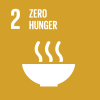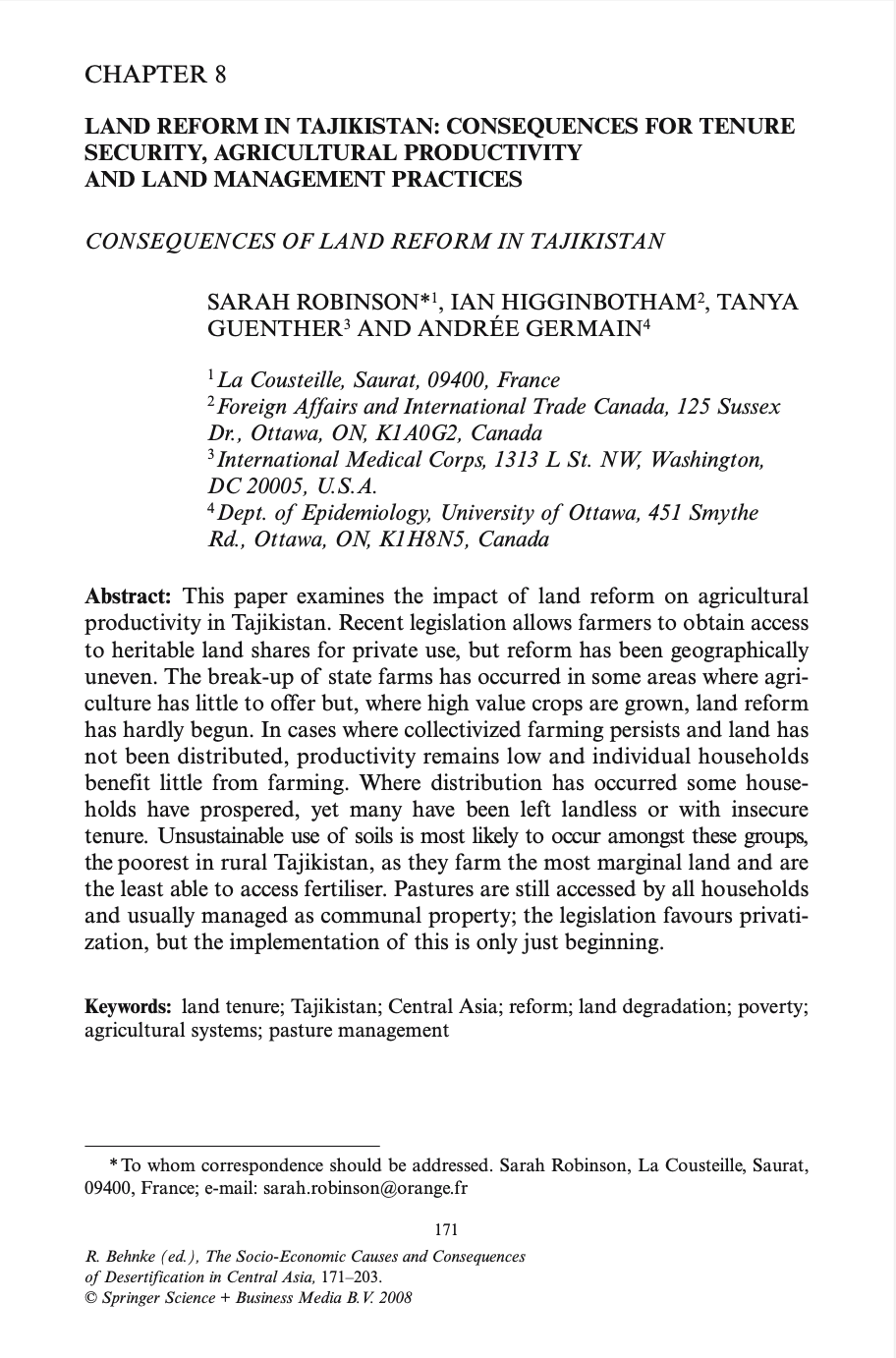
Volume of production per labour unit by classes of farming/pastoral/forestry enterprise size
Last updated on 1 February 2022
This indicator is currently classified as Tier II. The Food and Agriculture Organization of the United Nations (FAO) is the Custodian agency for this indicator.
Unit of measure: Value of production per labour day of small-scale food producers (in constant PPP USD 2011)
Why is this indicator important?
Small-scale food producers constitute the majority of food producers in many countries. Accordingly, enhancing sustainable food production systems and resilient agricultural practices of small-scale producers is important to combat hunger. Developing efficient and robust food production programs to boost agricultural productivity of small-scale producers is essential to maintain food supplies, increase incomes for poor and vulnerable groups, and feed the planet. It also contributes to strengthening rural development. Together with indicator 2.3.2., it defines small-scale producers and provides insights into how much they earn and produce.
By tracking the volume of production per labour unit by classes of farming/pastoral/forestry enterprise size, data collected for indicator 2.3.1 enables governments to shape, prioritize, and invest in policies and measures that effectively boost agricultural productivity, drive economic growth, and eliminate hunger in particular for small-scale food producers, including women, Indigenous Peoples, family farmers, and pastoralists.
How is the indicator measured and monitored?
Data and information on rural income, livelihoods, and labour inputs is limited in many countries. Moreover, information is usually collected on household level instead of food production unit level.
According to the metadata brief, sources of information are either agricultural surveys, or agricultural modules in integrated household surveys (e.g., LSMS-ISA) organized by the national statistical agencies, with the necessary support from the World Bank, FAO and other international agencies. FAO has been working on computing the indicator for eight developing countries in Sub-Saharan Africa based on data collected from the Living Standards Measurement Study-Integrated Surveys on Agriculture (LSMS-ISA) surveys. Results have not been disseminated yet. In collaboration with IFAD and the World Bank, FAO also promotes the Agricultural and Rural Integrated Surveys project (AGRISurvey) which aims to assist countries to collect relevant data on an annual basis.
By Anne Hennings, peer-reviewed by FAO.
Official indicator data
Volume of agricultural production of small-scale food producer in crop, livestock, fisheries, and forestry activities. The indicator is computed as a ratio of annual output to the number of working days in one year.
* Select "year" below to see the most recent data for more countries.
Other related indicators on Land Portal
In addition to the official indicator data, the following indicators provide information concerning the importance of agriculture in a given country or the distribution of land.
| Indicator | Min-Max Number of years |
Countries / Obs | Min / Max Value |
|---|---|---|---|
| Average size of holdings (ha) | |||
| Employees in Agriculture - Female (% of female employment) | |||
| Employment in Agriculture (% Total Employment) |
Paginación
Topography impact on nutrition content in soil and yield
The main aim of this study was to determine the dependence of yield and selected soil properties on topography of the experimental field by using topographical data (elevation, slope and flow accumulation). The topography and yield data were obtained from a yield monitor for combine harvester, soil properties data were taken from sampling points of our experimental field.
Land Reform in Tajikistan: Consequences for Tenure Security, Agricultural Productivity and Land Management Practices
This paper examines the impact of land reform on agricultural productivity in Tajikistan. Recent legislation allows farmers to obtain access to heritable land shares for private use, but reform has been geographically uneven. The break-up of state farms has occurred in some areas where agriculture has little to offer but, where high value crops are grown, land reform has hardly begun.
Agricultural Enterprise and Land Management in the Highlands of Kenya
This chapter focuses on the management of agricultural land by smallholder households in the highlands of Kenya. It draws mainly from several recent studies from the central highland areas near to the south and west of Mt. Kenya and the western highland areas to the north and west of Kisumu, which were led by the authors.
Land tenure, farm investments and food production in Malawi
The unequal distribution of land in Malawi has been identified as one of the binding constraints on agricultural productivity and production. Most smallholder farmers hold land under customary tenure and own less than one hectare, many being unable to produce adequate food.
Asian Farmers Fight for Survival and Control of the Rice Industry
Rice is a very important commodity in our lives, as it is the staple food of about 3 billion, or three quarters, of the people in the world. Two hundred fi fty million farmers depend on rice cultivation. Ninety percent of the world’s rice is produced and consumed in Asia.
Paginación
![]()

By 2030, double the agricultural productivity and incomes of small-scale food producers, in particular women, indigenous peoples, family farmers, pastoralists and fishers, including through secure and equal access to land, other productive resources and inputs, knowledge, financial services, markets and opportunities for value addition and non-farm employment
Indicator details
The indicator is conceptually clear, has an internationally established methodology and standards are available, but data is not regularly produced by countries.
Key dates:





